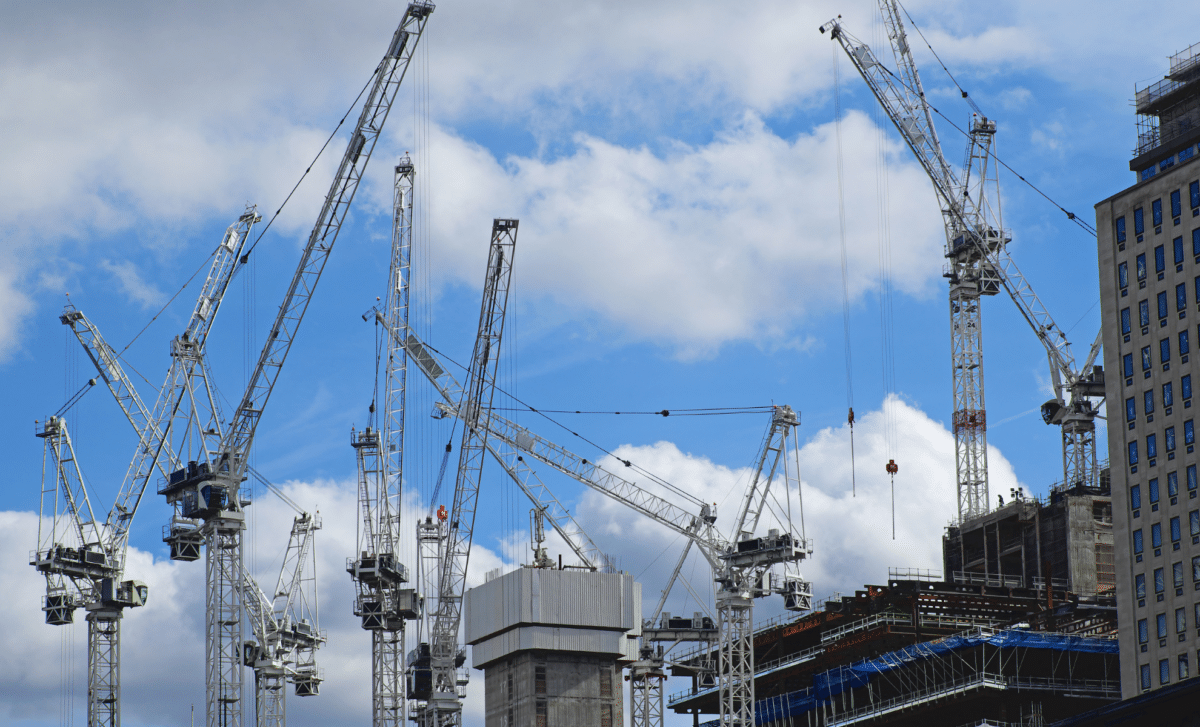Last month, the UK construction industry showed glimpses of stability, offering a glimmer of hope after enduring more than two years of turbulence, according to a recent survey. Despite this optimism, the sector faced significant challenges, with many firms grappling with the swiftest job losses since 2020, largely due to an extended downturn in housebuilding activity.
UK Construction PMI Shows Modest Improvement in February
The latest data from the S&P Global/CIPS construction purchasing managers’ index (PMI) revealed a modest improvement in February, with the index rising to 49.7 from 48.8 in January.
While this surge is encouraging, it falls just short of the critical 50.0 threshold, which typically indicates a sectoral contraction when scores dip below it, and growth when they surpass it. Analysts had initially forecasted a February score of 49.0, suggesting a slightly more positive outcome than anticipated.
The survey findings highlighted a notable improvement in market conditions, particularly in residential construction, which showed signs of stabilization. A surge in demand led to a rise in new orders, underscoring growing confidence in the sector’s prospects.
However, the commercial construction segment, encompassing projects such as office buildings and warehouses, remained subdued. Builders cited client reluctance to initiate new ventures and extend budgets as primary factors hindering growth.
Tim Moore, economics director at S&P Global Market Intelligence, remarked on the positive momentum, noting that it marked the construction sector’s most robust performance since August 2023. He expressed optimism about future business conditions, citing forward-looking indicators that suggest potential improvement in the months ahead.
UK Construction Firms Optimistic Despite Staffing Challenges and Economic Pressures
The PMI survey also revealed a surge in business optimism, reaching its highest level since January 2022. UK Construction firms displayed a newfound sense of confidence, buoyed by expectations of increased customer demand and a positive economic outlook for the year ahead.
“However, a protracted downturn in activity has made construction companies cautious about their employment numbers,” Mr Moore added.
“Staffing levels dropped for the third time in the past four months, and the latest round of job shedding was the steepest since November 2020.”
The survey findings also shed light on the internal dynamics within construction firms, revealing pressures to raise staff wages amidst a shrinking workforce. In response, several companies adopted cost-cutting measures, including refraining from replacing departing workers, to mitigate financial strains and maintain operational efficiency.
Rob Wood, chief UK economist for Pantheon Macroeconomics, highlighted the expectation of a decrease in interest rates, which have raised the borrowing cost, has “breathed life into housebuilding”.
“House-buyers returning to the market as expectations of interest rate cuts have grown helped construction output to stabilize in February,” he said.
“Builders’ surging confidence in the outlook suggests construction output will grow again soon.”









